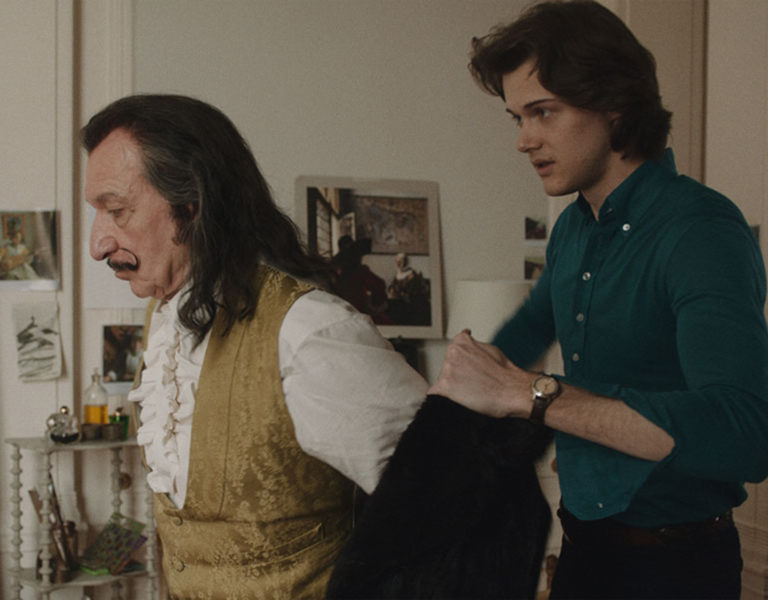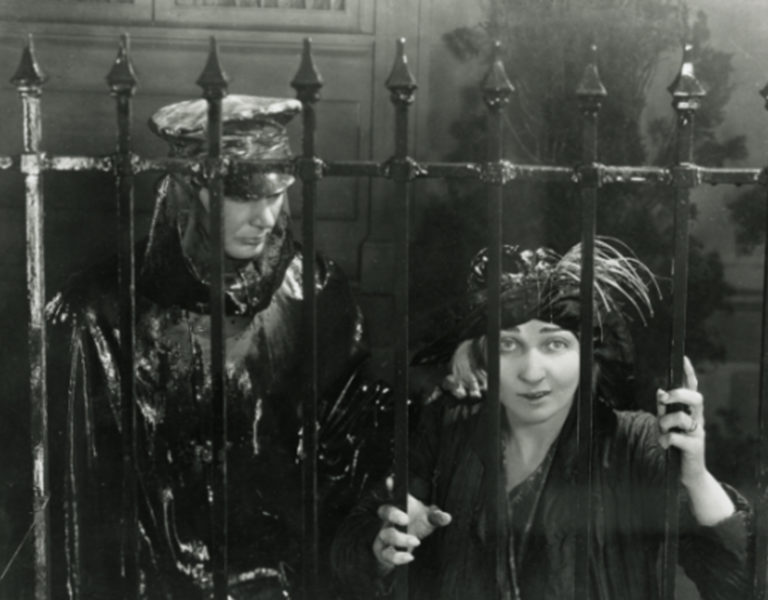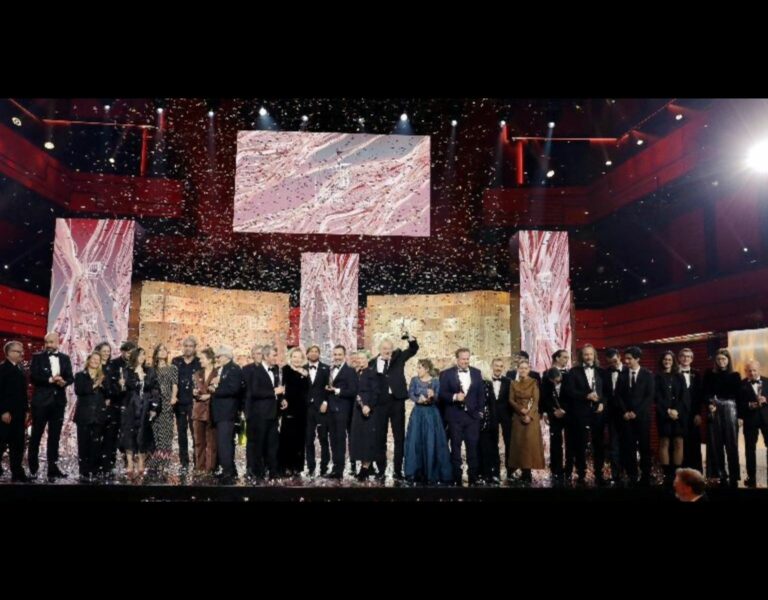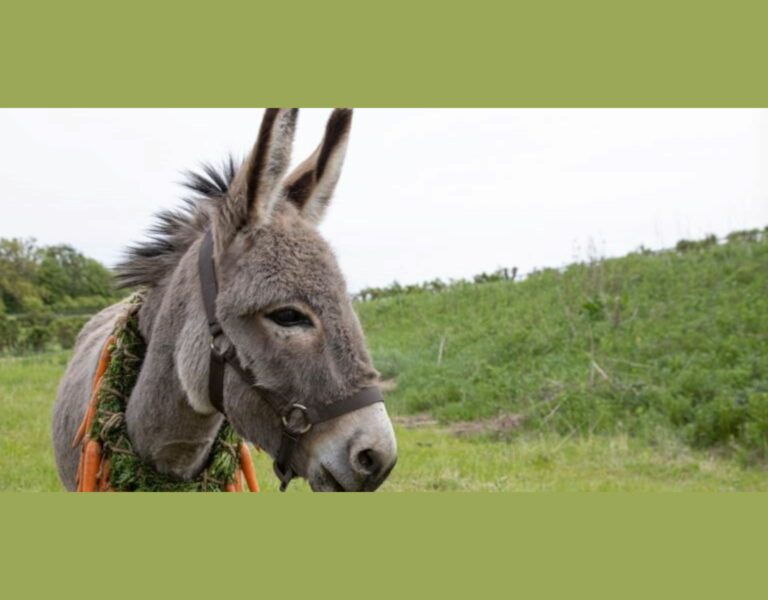R.J. Ong had the challenge of balancing an ensemble cast in his National Film and Television School (NFTS) graduate short film while still telling a coherent story – not to mention having to shoot on some of the hottest days of the year!
Gossip is a short film about a 16th-century tale of community, power and resistance. It tells the untold story of witches as they really were – midwives, healers, women with knowledge and power.
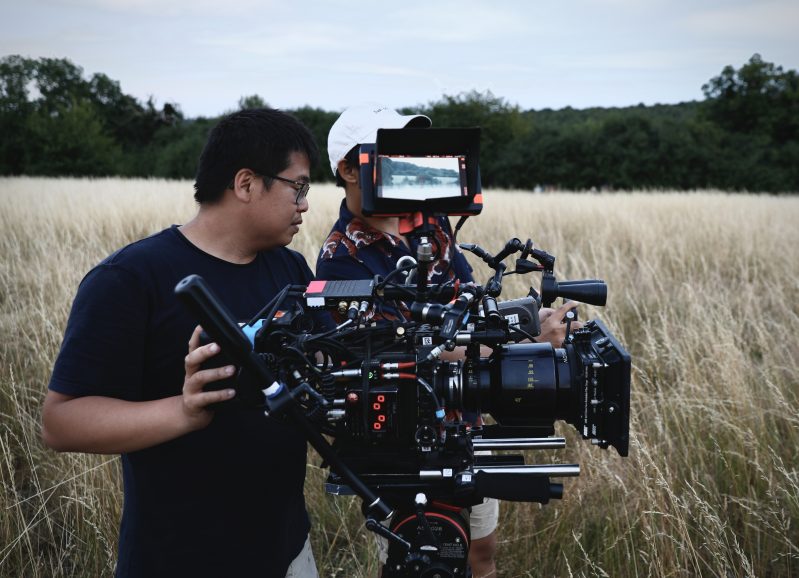
British Cinematographer: What were your initial discussions about the visual approach for the film? What look and mood were you trying to achieve?
R.J. Ong: Birth is such a physical, visceral experience and we wanted the audience to really feel this. Our film also deals with death and loss and during prep, Hannah Renton, our director, talked about blending the organic and transcendent. This concept really informed the look and mood of the film.
We also wanted to collapse the space between now and then. Though it’s a period film, the themes of a community under threat, autonomy over reproduction and ones own body are very relevant now. We wanted to create a sense of immediacy – so that it didn’t just feel like something that we are looking back on, safely left in the past; Andrea Arnold’s Wuthering Heights was a great reference for this. We also talked a lot about creating the sense of community, and how to balance an ensemble cast in a short film while still telling a coherent story. Another big question was how to keep the film visually interesting, while most of it takes place in a hut – a very small and simple place. We did this by creating a strong mood for each scene, through the light and time of day, as well as following the journey of the stages of birth.
BC: What were your creative references and inspirations? Which films, still photography or paintings were you influenced by?
RJO: This is not a Burial, It’s A Resurrection, Beast of the Southern Wild and Happy as Lazzaro were films which we discussed extensively. To capture the rawness of the birth, we ended up looking at a lot of photographs and home videos of mothers in labour. “The Passion of Joan of Arc” gave us a lot of inspiration for creating really emotive close ups and and for the wider shots, especially at the beach, “Daughters of the Dust”. Interestingly, for one of the composition of the birth scene, we were inspired by painting’s of the birth of Jesus.
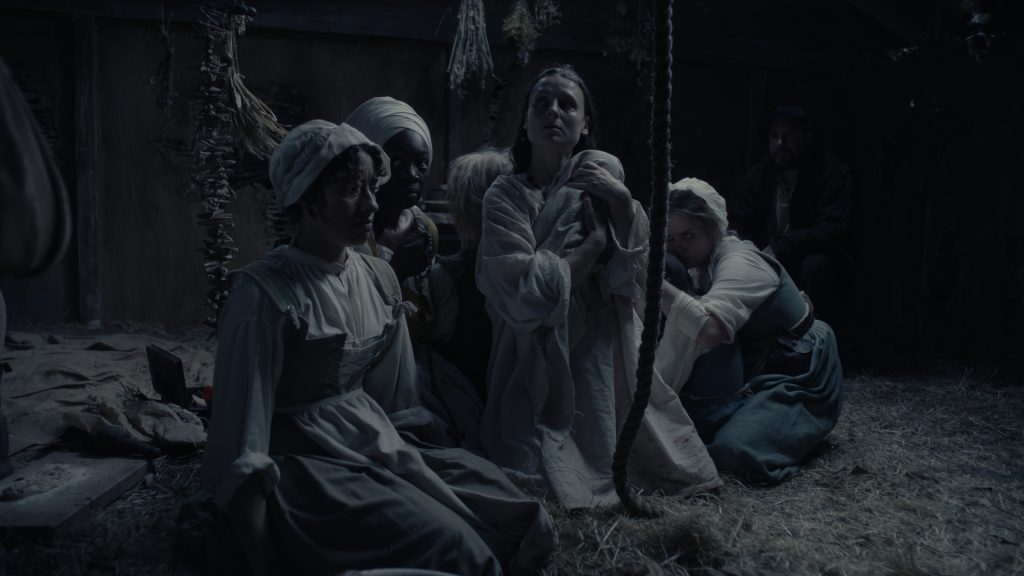
BC: What filming locations were used? Were any sets constructed? Did any of the locations present any challenges?
RJO: For the opening scene, we used a semi-private beach area in Essex which was very kindly provided by the Othona community. It was such a heart-warming experience as all of us got to stay at their lovely accommodation and they provided us with breakfast, lunch and dinner as well!
Our main scenes took place in a 16th-century hut constructed by our lovely production designer Elle Mikkola. This set was constructed on a privately owned field in Chesham which for some reason also had a walkway which led to public access. It was the best option in terms of look, location and distance for our budget. But, we were limited to daylight shooting thus having to hire a night shift security guard to look after all of our equipment overnight.
The main challenge was implementing a safe and believable design, while also providing the cast flexibility to move around, providing me ways to implement lighting in the day for night scenes. We were not able to shoot at night because of scheduling and safety concerns so this presented another challenge.
Other concerns came in when we realised we will be shooting during two of the hottest days of the year. I had to blackout our hut because the night scenes had to be filmed during the day. This also meant that I was building a makeshift oven because of the high temperature outside which concerned me. But because of the design of the hut having more wattle and daub in the front and back end, I managed to secure black gardening sheets on all the surfaces while also having the option of being removed quickly. We also made a blackout curtain system which can be easily opened in the back and front, serving as ventilation after every take as the wind actually blew straight through the set, cooling it quickly in the process. Because a period accurate design would mean using wattle and daub along with plaster, the safety of the actual structure would have been very dangerous for a working crew and hanging lights. Elle, Hannah and I had to devise a plan for weeks to make it work. Eventually, we had to work reversely in building the hut.
Huts then were built around timber frames using wattle and daub and then covered in plaster. However, Elle started by building the frames and fake plaster surfaces first, and then cut holes to put in wattle and daub in spaces which we needed it aesthetically. The hut ended up having a larger plaster surface area because of safety so we had work our shots around that as well. And because of that, I also requested that we built the size of the hut larger than historically accurate so that we can move around with much more ease during the forecasted challenging days and compress the space using the choice of lenses and blocking. All in all, we were very lucky it didn’t rain at all as it would have completely soaked our set. We were prepared for it but there is only so much you can predict about what rain could actually do to a newly built set on location.
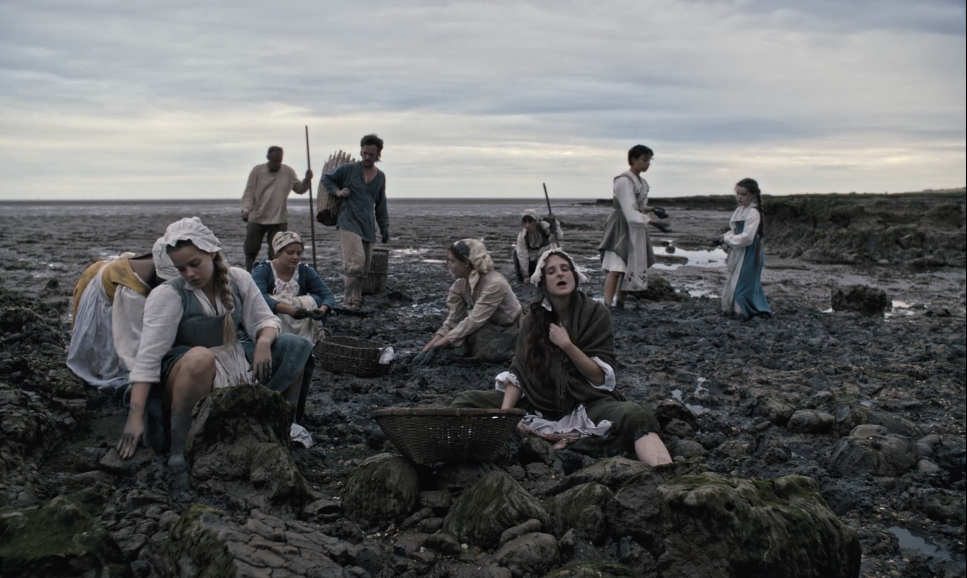
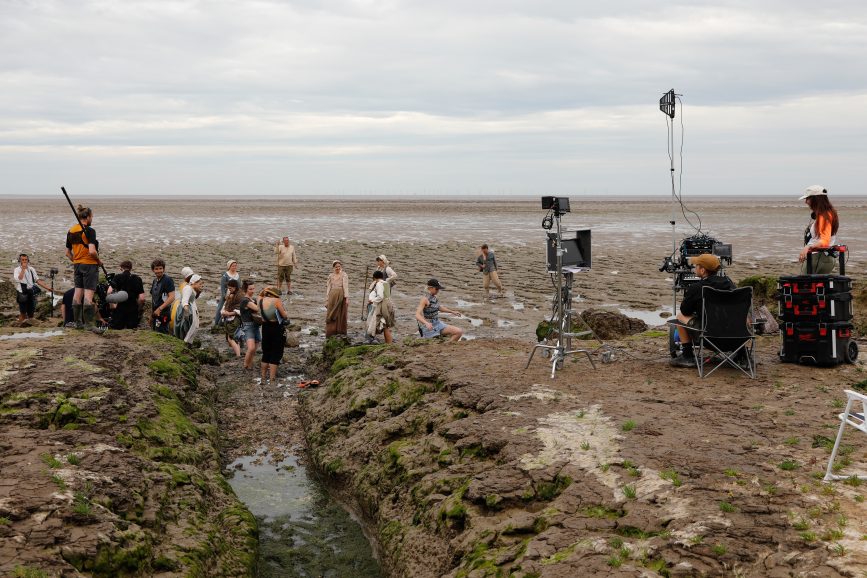
BC: Can you explain your choice of camera and lenses? What made them suitable for this production and the look you were trying to achieve?
RJO: We were pretty much limited to the ARRI Alexa Mini in school which, in my opinion, was already a massive workhorse and the best choice for our film. We were initially pitching for 16mm through the school but unfortunately lost it to the other classmates. However, we were very grateful for digital as it actually allowed Hannah the time to block and rehearse the scenes while being able to observe their performance and at one point allowed us to shoot two cameras to catch the performances as there were a lot of improvisations going on. I have always had an apprehension for two camera shoots as I believed that each shot should be framed and performed for the shot but after having two brilliant operators who are also DoPs, Natdanai (Ham) Naksuwarn and Tamás A. Méder, I think I now have an affinity for two camera shoots. Look wise, we were always trying to achieve the tone and texture of something in between This Is Not a Resurrection, It’s a Burial and Happy as Lazzaro, so something not quite as saturated but heavy in texture.
Re-enacting 16th-century texture means going in heavy in shaving off resolution and larger grain structure in the photography. Since this was our version of re-enactment, I felt as if we shouldn’t go entirely vintage so we opted to tweak the texture and colour in post while shooting for an extremely healthy log file despite going for a very dark look for some of the night scenes.
This was sometimes hard because we didn’t have access to an actual DIT so it was a little tough to gauge how much I can push before having no room to tweak in the grade but nonetheless we managed a pretty healthy log file. We went for the Panavision Primos because of the texture and the smooth roll-off from since I knew I would be heavily layering textures in the grade. Kate Priestman and Vicky Harris from Panavision were very helpful and kind through the process of understanding the texture I was hoping to achieve and were very patient to us. With their help, I eventually narrowed it down to the Panavision Primos Classic lens set, a set which I am really fond of.
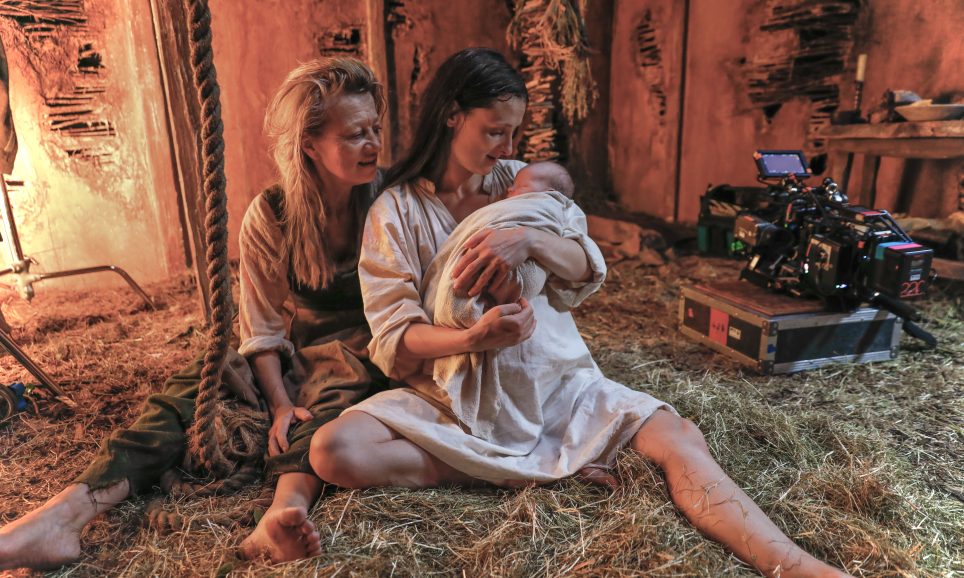
BC: What was your approach to lighting the film? Which was the most difficult scene to light?
RJO: I think the most difficult scenes to light were actually all the night and dusk scenes in the hut. This is because there were a lot of characters in a space and because there were improvisations and a number of characters moving a round a lot, the lights tend to be blocked by the other characters. The daylight scenes were easier as I can do a 360 lighting from the outside but because I had to fully blackout the outside and light from inside for the night scenes, I could only rely on lighting from inside. Thus, a lot of light fabric panels were utilised so we could hang it lightly from the roof structure and tucked in the narrow corners of of the roof. I actually figured out a way to black light it from the top in a 180 angle so as the character and camera moved around, we could still give and edge and a key to the characters. Hannah was very accommodating to us and always gave me the freedom to light the set and tweak the shots if there was a big problem in shooting this particular angle.
BC: What were you trying to achieve in the grade?
RJO: For the grade, our colourist Vanessa Aparicio and I were trying to ensure that audiences knew that the story happens within the span of a day. So day to sunset, to night and then back to dawn for the final scene. In addition, I was trying to achieve something I called the “L.A. desaturated” look combined with 16mm. In order to differentiate the time of day, Vanessa and I began pushing each look of the scene into its own territory. In the beginning, a harsher sunlight look for the women and a slightly different tone for the shots of the men in horses. As they enter the house, we go into a desaturated warm look while keeping the wattle and daub colour natural just so to introduce the space to the audience. Then, we went into a more saturated sunset look before going into an “underexposed” interior look filled with lusher moonlight and fire in order to add to the feeling of a safe space filled with the warmth of the community. Then, for the ending, we stripped the colour off from everyone, ending in more of a greyish, dark blue tone and then accentuating the reds alluding to the blood and womb of the birth. There was a shot of one of the witch hunters eating an apple as they try to identify the ‘witch’ and to see that pop of red being eaten by him, gives the feeling that he is stripping off the only ‘colour’ left from the community.
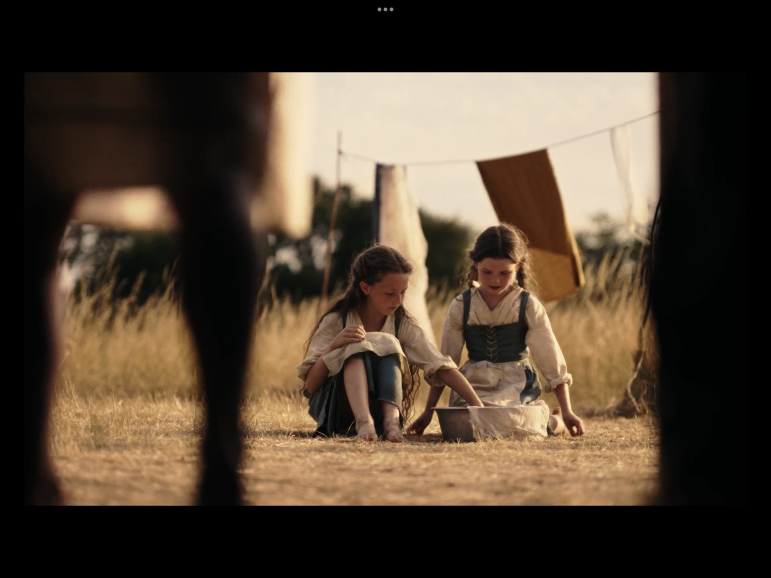
BC: What were the most challenging parts of the film to shoot and how did you overcome those obstacles?
RJO: I think the biggest challenge in addition to lighting the night interiors was the schedule and figuring out the actual set build. In addition, we had a baby and horses as well which we had to accommodate specific timings for along with juggling between drastic weather changes and the hottest day of the year. Schedule became a challenge when a lot more rehearsal time was needed with the actors which is very understandable. Hannah Renton, our director, Joanna Vymeris, our producer and Helena Mika, our 1st AD and I really went head to head altogether, in a very productive way, to figure out what the best way was to move forward. Eventually we opted for a rest day in between the shoot days, which actually allowed us to recuperate and actually allowed me an extra pre-rig and pre light day to catch up for the following day. There were so many changes to the shoot because of unforeseen circumstances but the incredible HoDs pulled through and made it work. Shout out to our producer Joanna Vymeris, PM Chloe O’ Donoghue and PC Margaret Tsoi for taking care of us for all the days.
BC: What was your proudest moment from the production process? Is there a specific scene or shot that you’re especially proud of?
RJO: I think the proudest moment was achieving the grade we wanted and being happy with how the whole team was able to navigate such a hard schedule. There were a lot of things I wished I could have done differently but I’ve learnt a lot from the shoot and look forward to applying the it on shoots down the line.
There were two shots I was particularly fond of which was the shot of the two sisters sitting outside through a long lens with the mothers feet on filling in one side of the frame. I just think that this shot embodies their close relationship through their body language in a warm exterior and the strict and sensitive relationship with their mom at this moment in time.
The other shot is a wide shot of all the characters in the room right before Helen comes into the room notifying that the witch hunter has arrived. I felt as if we embodied the vulnerability of the characters through the blocking by placing them close to the middle of the room and the grad. The colour drain in this scene also foreshadows the loss of a soul in the next act which is Helen. This, of course is up to what the audiences perceive as well and I hope they can see it the way I do.
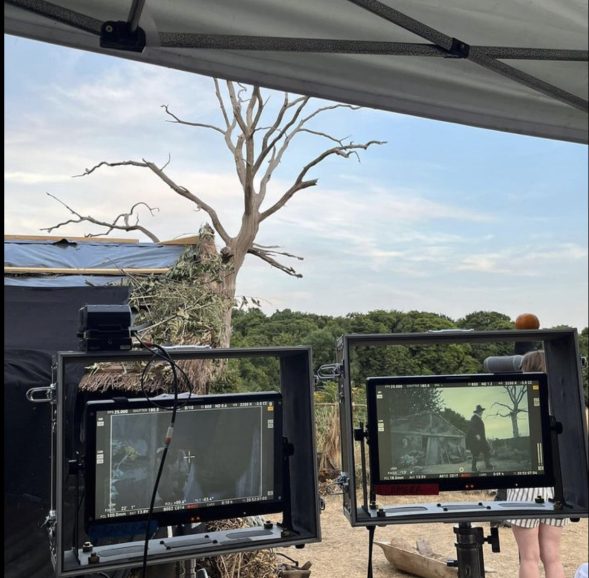
BC: What lessons did you learn from this production that you’ll take with you onto future productions?
RJO: I think having a proper organisation in prep which is also flexible to different directors as well as always maintaining constant communication with HoDs of other departments are crucial because things can be misinterpreted and locked in the wrong direction in a moment’s notice, which leaves you in a tough spot. Also, since departments are always busy, they can sometimes slip in informing you about changes which are small but is actually crucial to your department and your creative work. Other than that, finding an experienced team/crew which you connect with is crucial on a longer shoot because it really does allow you to focus a little bit more on the creativity rather than the technicalities and politics.
BC: What would be your dream project as a cinematographer?
RJO: My dream project would definitely be feature length projects with elements of social commentary, fantasy, surrealism and period re-enactments. Something along the lines of feature films such as The Northman, Cold War, Lion, Nope, EO, Macbeth or even Dune, and TV Shows such as Pachinko, Blackbird, Euphoria, Yellowstone and 1899 etc. I’m still a young cinematographer so I look forward to those films years down the line as I craft my career. I’ll always have a place in my heart for music videos and commercials with a narrative element.







